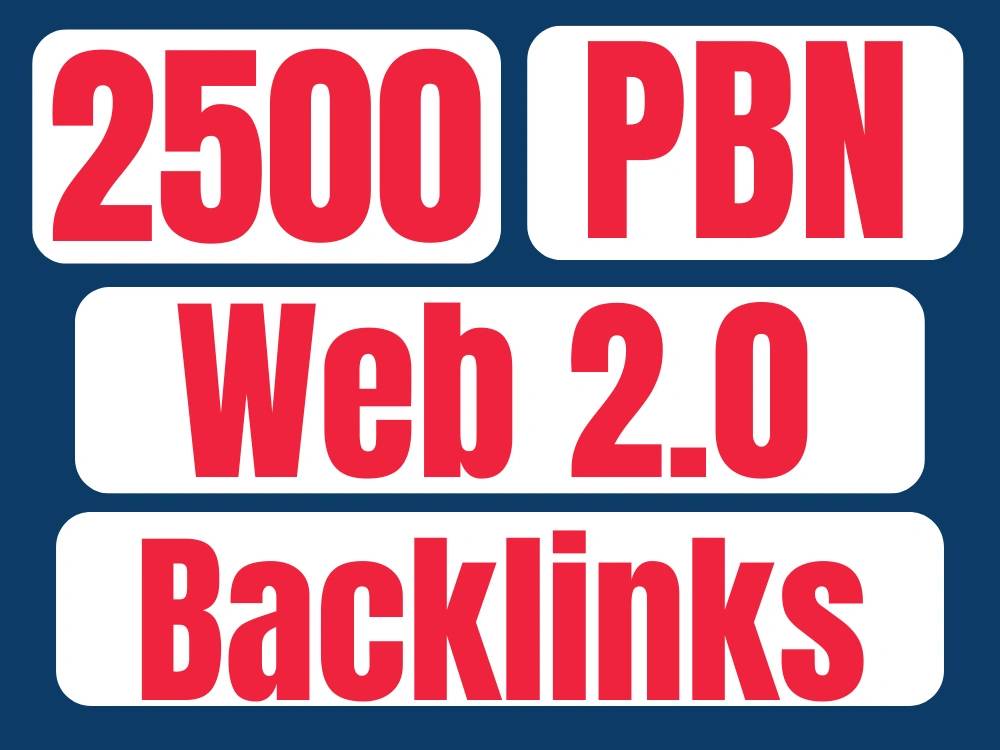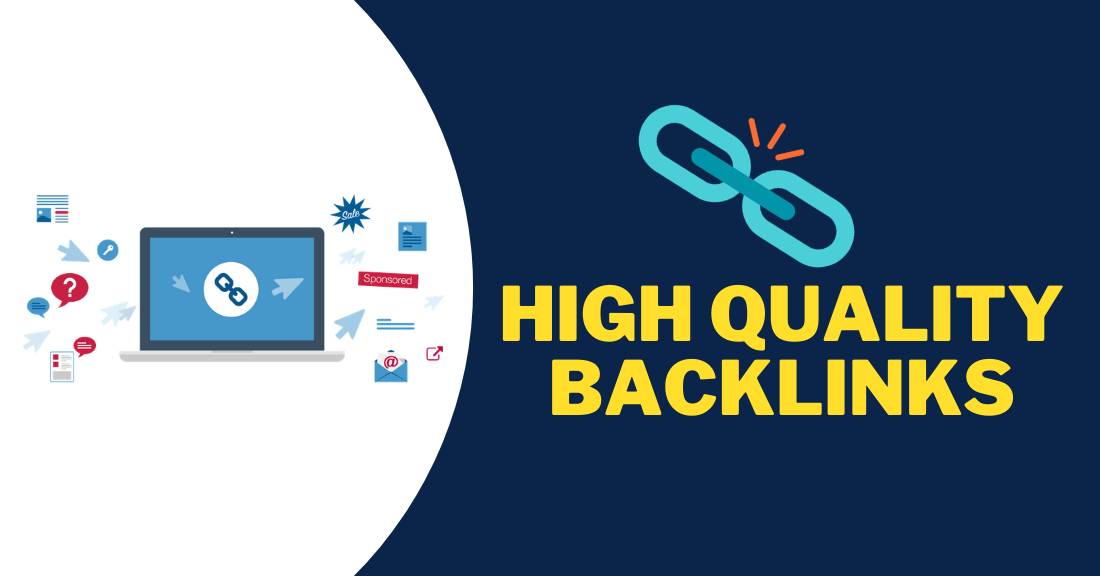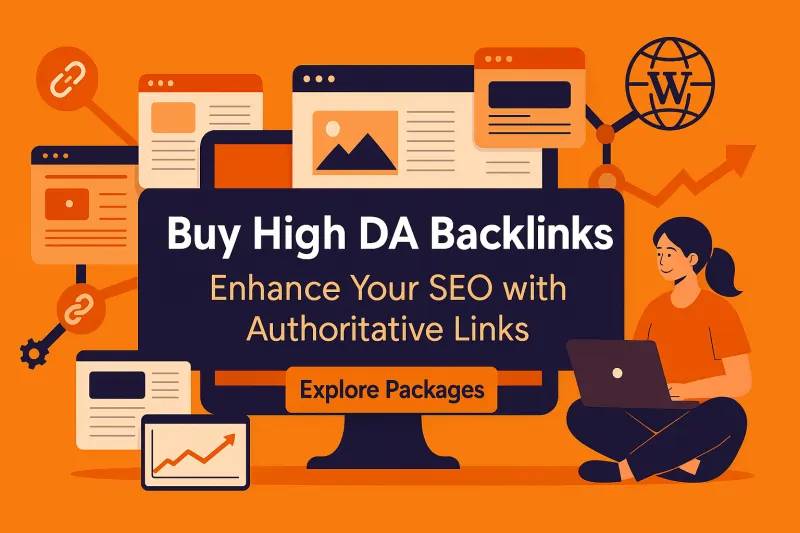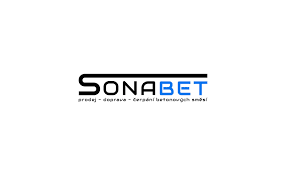Mastering Web 2.0 Backlinks: How to Build a Powerful Web 2.0 Link Wheel
In the ever-evolving landscape of SEO, web 2.0 backlinks have carved a niche as a formidable strategy to boost your website’s authority and search engine rankings. Unlike traditional backlinks, web 2.0 backlinks leverage high-authority platforms, allowing you to create content hubs that funnel traffic and juice up your site’s credibility. In this article, we’ll explore not only the power of web 2.0 backlinks but also provide a detailed guide on constructing a successful web 2.0 link wheel that can amplify your SEO game.
What Are Web 2.0 Backlinks?
Web 2.0 backlinks originate from platforms like WordPress, Blogger, Tumblr, and Weebly—sites where users can freely create content. These backlinks work by embedding links to your primary website within content that appears authoritative and indexable by search engines. What makes web 2.0 backlinks especially compelling is the control they offer: you own the content, you dictate the anchor text, and you can sculpt a network that bolsters your SEO strategy.
strategically dispersing web 2.0 backlinks, you not only generate referral traffic but also enhance your website’s trustworthiness in Google’s eyes. Unlike spammy link schemes, properly crafted web 2.0 backlinks appear organic, contextually relevant, and highly engaging.
Understanding the Web 2.0 Link Wheel
A web 2.0 link wheel is an interconnected network of web 2.0 properties, each linking to your main website and sometimes to each other, creating a circular chain of authority. Think of it as a revolving engine: each node in the wheel spins traffic and link juice back to your central hub, enhancing its visibility and ranking potential.
The concept thrives on diversity. using multiple platforms and varying your content type, you make the link wheel appear natural and less likely to trigger search engine penalties. The goal is to weave an ecosystem where every web 2.0 property contributes to your site’s credibility while also standing strong on its own.
Step-by-Step Guide to Building a Web 2.0 Link Wheel
1. Select High-Authority Web 2.0 Platforms
Start by identifying platforms with strong domain authority and indexing potential. Popular choices include WordPress.com, Blogger, Medium, Wix, Weebly, and Tumblr. The more reputable the platform, the more weight your web 2.0 backlinks carry.
2. Create Unique, Engaging Content
Avoid duplicating content. Each web 2.0 property should feature fresh, informative, and compelling posts. Incorporate visuals, bullet points, and engaging headlines to capture readers’ attention. Remember, content quality directly affects the backlink’s SEO potency.
3. Insert Contextual Backlinks
Within each post, embed links naturally to your main website. Use varied anchor texts that include target keywords and related phrases. Contextual placement, rather than forced linking, ensures a more organic flow and enhances the link’s effectiveness.
4. Interlink the Web 2.0 Properties
Once your individual properties are live, interconnect them by linking each one to another in a circular or hub pattern. This establishes a cohesive web 2.0 link wheel, allowing link juice to circulate efficiently while boosting authority across the network.
5. Maintain Consistency and Update Regularly
Search engines favor fresh, active content. Regularly updating your web 2.0 properties with new posts, media, or references ensures continued indexing and maintains the vitality of your web 2.0 backlinks.
Benefits of a Well-Executed Web 2.0 Link Wheel
- Enhanced Domain Authority: Multiple authoritative platforms linking back to your site amplify your credibility.
- Diversified Traffic Sources: Each node in your link wheel drives unique visitors from various platforms.
- Improved Indexing: Search engines find and index your content faster, improving overall visibility.
- Control Over Anchor Text: Unlike guest posts or forum links, you choose anchor texts that align with your SEO goals.
Common Mistakes to Avoid
- Duplicate Content: Reposting the same article across platforms reduces effectiveness.
- Overstuffing Keywords: Natural language is crucial; avoid cramming target keywords in every link.
- Neglecting Interlinking: A disconnected web 2.0 strategy fails to form an effective link wheel.
Conclusion
Harnessing web 2.0 backlinks through a meticulously crafted link wheel can significantly boost your site’s SEO performance. selecting high-authority platforms, generating engaging content, embedding contextual links, and maintaining regular updates, your link wheel transforms into a robust engine of organic traffic and credibility. Done thoughtfully, this strategy not only enhances rankings but also builds a long-lasting foundation for digital growth.
Frequently Asked Questions (FAQs)
Q1: How many web 2.0 backlinks should I create for my site?
A1: Start with 5–10 high-quality properties and expand gradually. Focus on quality over quantity for optimal results.
Q2: Can I use the same content across all web 2.0 platforms?
A2: Avoid duplicating content. Each post should be unique to maintain SEO value and avoid penalties.
Q3: How often should I update my web 2.0 properties?
A3: Ideally, post at least once every 2–3 weeks and refresh old posts periodically to sustain indexing.
Q4: Is a web 2.0 link wheel safe for SEO?
A4: Yes, if executed properly with quality content, varied anchor texts, and natural interlinking. Avoid spammy tactics.
Q5: Can web 2.0 backlinks improve my Google rankings quickly?
A5: They can accelerate visibility, but results vary. Consistency and high-quality content are key to sustainable ranking growth.











Post Comment